Public Hanok Night Out (공공한옥 밤마실)
1.3Km 2025-06-10
37 Gyedong-gil, Jongno-gu, Seoul
+82-2-741-1033
Public Hanok Night Out is a special evening event that allows limited access to the nine public hanok buildings, including the Bukchon Culture Center, after sundown. The event is carefully prepared to make the hanok buildings accessible as much as possible. In addition, the event also offers a variety of programs to entertain the visitors. The event aims to raise awareness about embracing differences and diverse values during this time of ever-changing global society, as well as expand the the cultural values of hanok as something more unique.
Statue of Admiral Yi Sun-Shin (충무공 이순신 동상)
1.3Km 2024-03-04
175, Sejong-daero, Jongno-gu, Seoul
The Statue of Admiral Yi Sun-Shin can be found at Gwanghwamun Square in Seoul. Admiral Yi Sun-shin (1545-1598) was a naval commander who served during the Japanese invasion of Korea (also known as Imjin War: 1592-1598). The undefeated admiral achieved 23 victories against the Japanese navy using innovative tactics, and he is thus considered as one of the greatest generals in the history of Korea. Admiral Yi’s likeness can be found on the 100 won coin.
Jogeum (조금)
1.3Km 2021-03-29
62-4, Insadong-gil, Jongno-gu, Seoul
+82-2-725-8400
It is a Japanese-style hot pot rice store. The best menu at this restaurant is Hot Stone Pot Rice. This Korean dishes restaurant is located in Jongno-gu, Seoul.
High - Anguk Branch [Tax Refund Shop] (하이엔드코리아 안국)
1.3Km 2024-04-17
1F, 62-5, Insadong-gil, Jongno-gu, Seoul
-
Boobing (부빙)
1.3Km 2024-01-12
136 Changuimun-ro, Jongno-gu, Seoul
Boobing is short for "Buam-dong bingsu" (shaved ice). As such, it is a shaved ice restaurant that always has a long waiting line on weekdays or weekends. The main menu item is pat bingsu (shaved ice with red beans), made with red beans that are provided by a bean produce. They also serve their own original bingsu desserts that use ingredients like melon, mint chocolate, and gold pineapple. Their signature menu is Chodang corn bingsu, made with finely ground corn with milk ice on top. The cafe has a one bingsu order per person policy.
Jaha Sonmandu (자하손만두)
1.3Km 2024-03-06
12 Baekseokdong-gil, Jongno-gu, Seoul
+82-2-379-2648
Jaha Sonmandu is a mandu specialty restaurant located in Buam-dong. Their signature dish is mandu guk (mandu soup), which features dumplings filled with beef, pork, mung beans, and bean curd, boiled in a clear broth. The chewy mandu skin and the clean-tasting broth, flavored with homemade soy sauce, are highlights of the dish. Housed in a renovated residential building, the restaurant offers a refined yet homey atmosphere for dining. Through the windows, diners can enjoy a refreshing view of Inwangsan Mountain.
Buam-dong Gaeyeoalsa (부암동 계열사)
1.3Km 2024-02-21
7 Baekseokdong-gil, Jongno-gu, Seoul
Buam-dong Gaeyeoalsa is a chicken place that has received recognition in the Blue Ribbon Survey, the first restaurant guide in Korea. The representative menu is the fried chicken served in a bamboo tray with wedge potatoes. The chicken has a thin and crispy coating. Nearby attractions include the Yun Dongju Hill (Cheongun Park) and the Yun Dong-ju Literary Museum, dedicated to the poet beloved by Koreans.
The Place Seoul (traditional Korean-style guesthouse) / 복합한옥공간 곳
1.3Km 2025-03-05
52-11 , Gyedong-gil, Jongno-gu, Seoul
+82-10-3255-1289
The Place Seoul in Gye-dong, Jongno-gu, Seoul, is a meeting place of traditional and modern Korea. It has a yard with a beautiful 80 year-old dogwood tree, and a small garden in which guests can enjoy the passage of the seasons. The Place Seoul is an environment-friendly place which uses eco-friendly consumables such as toilet paper and shampoo. Breakfast is simple and healthy. There are many good cafes in nearby Bukchon, and local tourist attractions include the National Palace Museum of Korea and the National Museum of Modern and Contemporary Art.
Sejong Center (세종문화회관)
1.3Km 2023-06-14
175, Sejong-daero, Jongno-gu, Seoul
+82-2-399-1000
Sejong Center, officially known as Sejong Center for the Performing Arts, opened on July 1, 1999 to provide citizens with a cultural art space. Having completed a grand remodeling project in 2007, Sejong Center offers customer-friendly programs aimed at improving the quality of art performances in a comfortable resting area. Comprising the Grand Theater of Sejong Center, Sejong M Theater, Sejong Chamber Hall, Exhibition Hall, and other subsidiary facilities, Sejong Center is a multicultural art center.
Various genres of performances including traditional, classic, and crossover have taken place in the center, giving many opportunities for cultural nostalgia.
* Opened April 14, 1978
Kkotbabe Pida (꽃밥에피다)
1.3Km 2021-03-26
3-6, Insadong 16-gil, Jongno-gu, Seoul
+82-2-732-0276
It is a 2021 Michelin Guide restaurant. This restaurant's signature menu is bibimbap. This Korean dishes restaurant is located in Jongno-gu, Seoul.
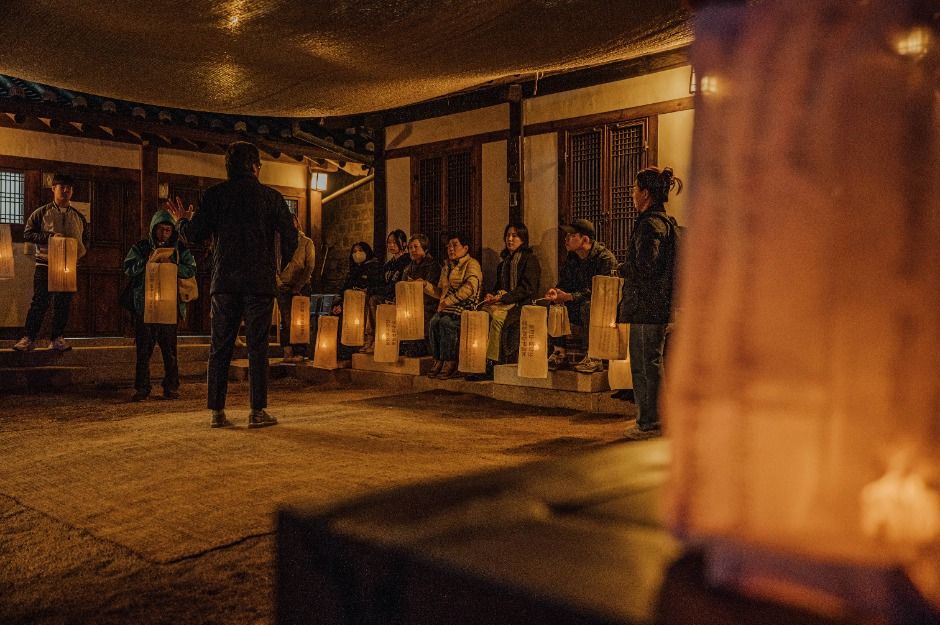
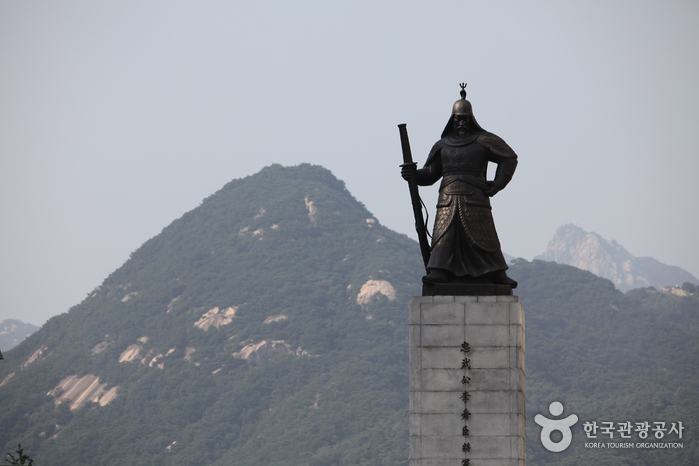
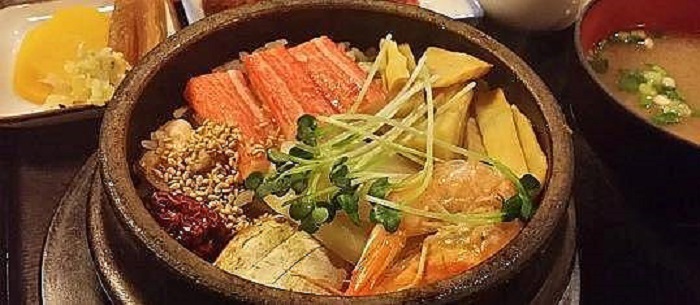

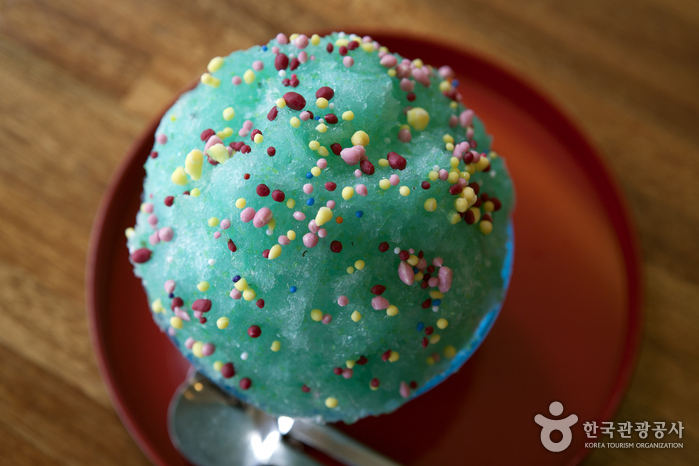
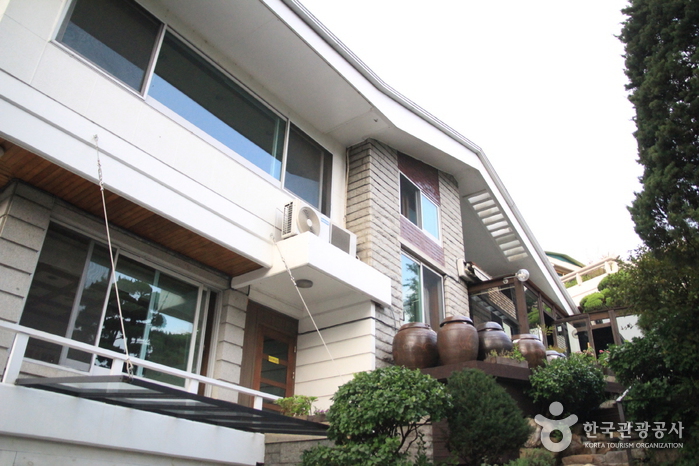
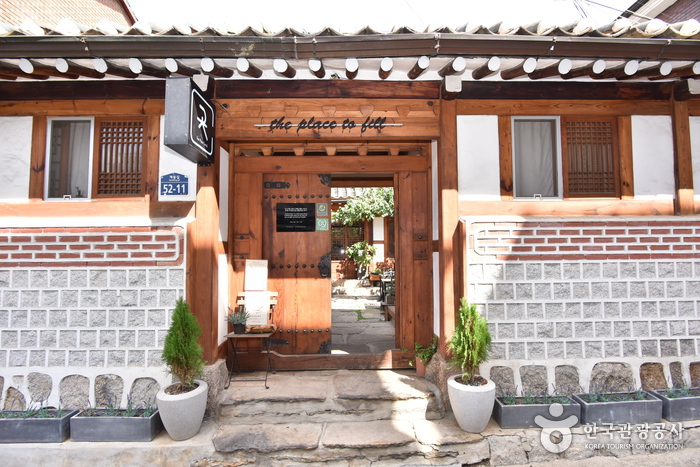
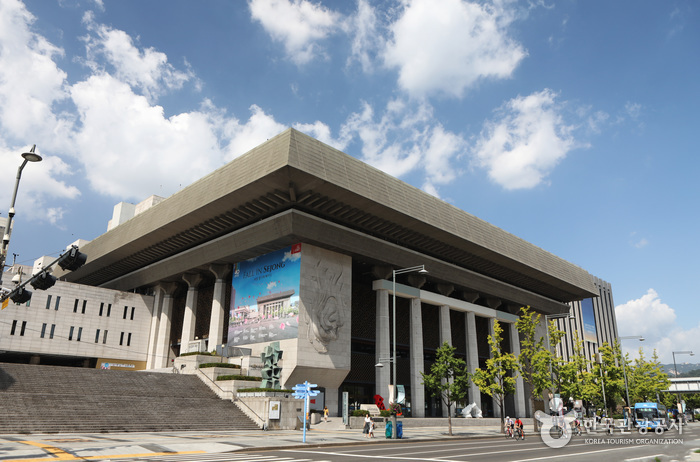
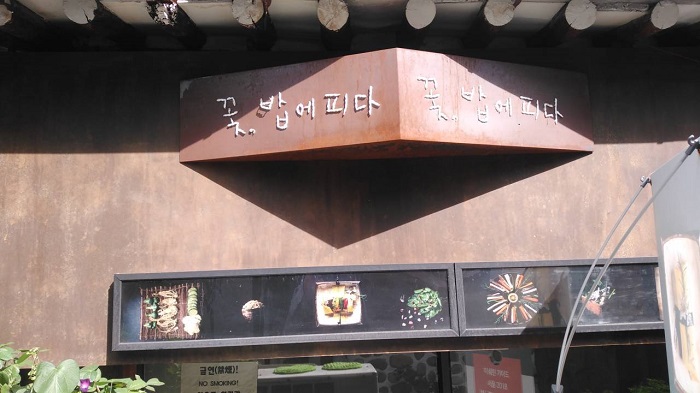
 English
English
 한국어
한국어 日本語
日本語 中文(简体)
中文(简体) Deutsch
Deutsch Français
Français Español
Español Русский
Русский